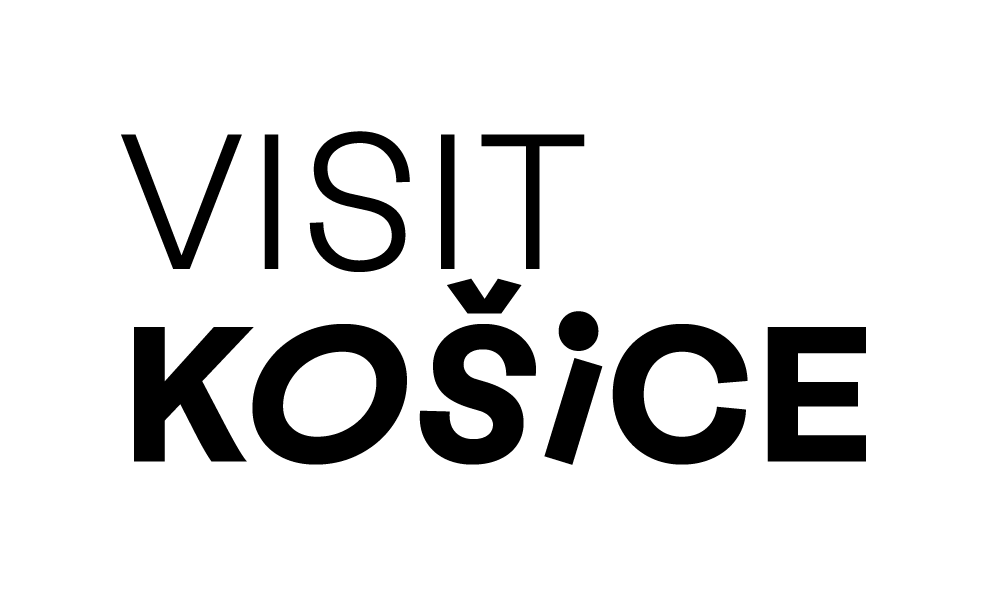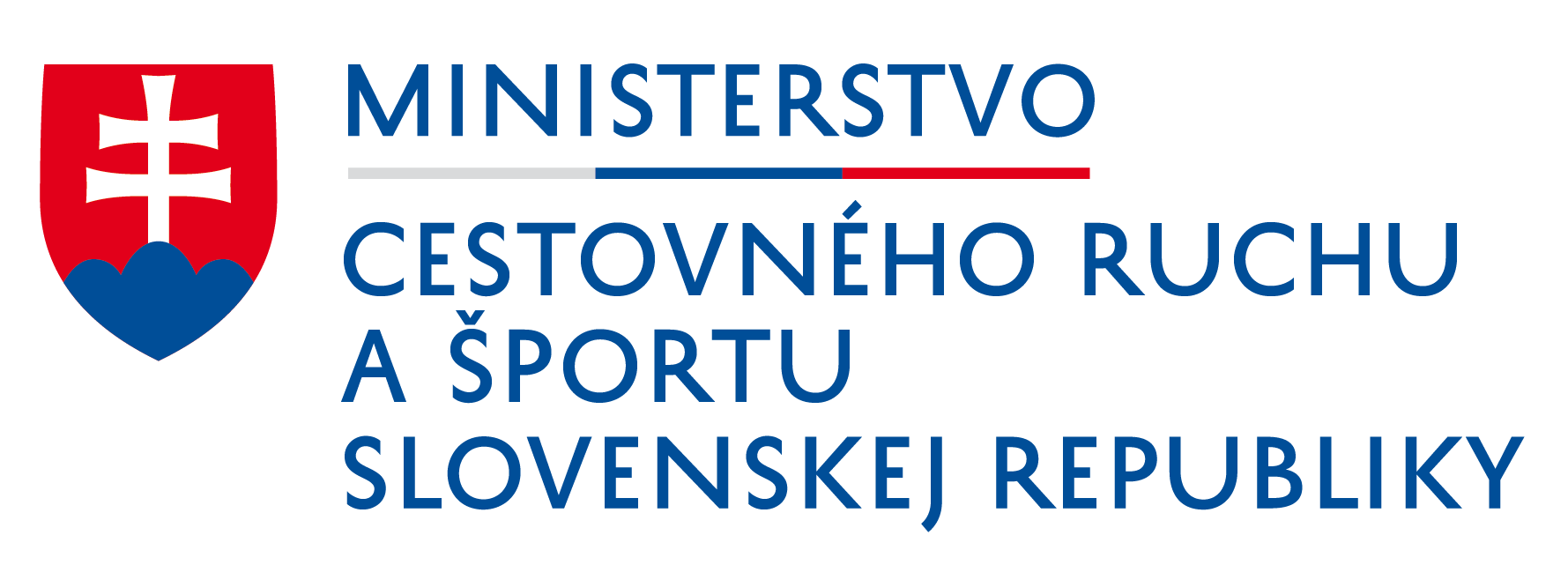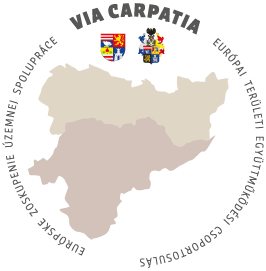
Silica Plateau
Silická planina Plane
The Silická Planina plane is the largest of the Slovak Karst planes covering the area of about 150 km² and spreads in its southern part. It is located in the territory of two countries, Slovakia and Hungary. Its surface is formed by a limestone plateau. The plane is relatively little afforested, hollow plain or plateau. In terms of its geomorphological division, the area of Silická Planina plateau belongs to the Slovenské Rudohorie ore mountains, its whole of the Slovak Karst, and is part of the Inner Western Carpathians.
It is separated from the Plešivecká Planina plane by the deep valley of Slaná from the Dolný Vrch mount it is the Turňa river valley, from the south it is bounded by the Rimavská Kotlina basin, from the north its boundary is formed by steep slopes separating the plane from the Rožňavská Kotlina basin and in the east it is separated by Jablonovské Sedlo saddle called Soroška. The plane is made up of light Triassic limestones. The highest hills, the Malý Vrch small hill (679 m) and Drieňovec (676 m) are located in the north of the plateau, from where the total height gradually decreases down to 450 metres in the Domica cave.
Another significant hill is the viewing Dievčenská Skala maiden rock (660 metres above sea level). It offers views of the panorama of the northern part of the Slovak Karst and the Volovské Vrchy mountains. On the northwest edge of the Silická Planina plane, above the village of Brzotín, you may see the far-reaching Brzotínske Skaly rocks. The Silická Planina plane has virtually all forms of a typical karst created, and partly also those of fluvial-karstic relief. On the Silická Planina plane, there is the highest number of the karst phenomena from all the planes of the Slovak Karst.
The biggest tourist attraction of the Silická Planina plane is its caves and ravines. Altogether, 17 caves and 14 ravines have been found here. From among the caves, the most famous ones here include Silická Ľadnica, Gombasecká Cave, Ardovská Jaskyňa cave, Jaskyňa Majka cave, Milada, Hrušovská Jaskyňa cave, and Jaskyňa Domica cave. The Jaskyňa Domica cave, Krásnohorská Jaskyňa cave, and Gombasecká Jaskyňa cave are accessible to the public. The Babská Diera baba's hole is a 46-metre-long vertical cave ravine and a cult place of a man of the Late Bronze Age Culture of Kyjatice. There are also the deepest ravines of the Slovak Karst - Brázda 180 m, Little Iron Ravine 142 m and Veľká Bukova 141 m. In the vicinity of Kečov, Silica and Silická Brezová, there are relatively large non-afforested parts of the plane, which offer spectacular views. Surface lakes are less typical karst formations.
The best access to the plane is from Silica, Kečovo, and Silická Brezová, which are located directly on the Silická Planina plane.
Plešivec
Plešivec is a municipality in Slovakia in the district of Rožňava. It lies on the confluence of the Slaná river and the Štítnik creek. Its south-west side is a gateway to the Slovak Karst National Park, starting at the Plešivecká Planina plateau. The steep “bald” slopes of the plain gave the village its name of Plešivec (baldie).
Originally a medieval town, Plešivec was the seat of the Bebek noble family, who built here a lowland castle and ancestral church, a gothic construction with exceptional frescoes serving today's the Reformed Christian Church. Only a part of one of the mounds, about 6 m high, was preserved from the castle.
The village is currently an important road and railway hub, the administrative and cultural centre of the region.
There are various natural attractions in the vicinity of the village, such as sink holes, ravines, exurgences, caves, and rare fauna and flora. The most famous ravines of the Slovak Karst, which are located in the underground of the Plešivecká Planina plateau, are the Zvonivá Jama pit and the Diviačia Priepasť ravine.
Dlhá Ves
The village of Dlhá Ves is situated in the southern part of the Slovak Karst National Park. The village extends on the southwest edge of the limestone Silická Planina plane up to the Dlhoveská Dolina valley, 3 km from the border with the Republic of Hungary, near the world-famous Domica Cave. Near the village, there is the international passage Aggtelek - Domica. The hilly bounds are afforested in the north-east with oak forests and spruce stands.
The name of the village has been gradually changing from Horuati, Hoziwzo, Wziuzow, Hosúsow, Hosúsovo to the present name of Dlhá Ves. It belonged to the Kačič family, then, until the mid-16th century to the Bejeis. In the 14th century, it was the toll station on the way to Turňa. The village was annexed to Hungary in 1938-1945.
You will also find several preserved traditional Gemer sedentary homes from the early 20th and the late 19th centuries.
The village regularly organizes cultural and social activities and preserves traditional folk crafts and skills. From folk traditions and crafts, burning of charcoal, weaving, lacing, painting on glass have been preserved.
Jaskyňa Domica Cave
Domica Cave is the most famous and longest cave of the Slovak Karst National Park. It is located on the Silická Planina plane in the centre of Domica near the villages of Kečovo and Dlhá Ves.
In addition to significant geomorphological values, attention is drawn, in particular, to rare archaeological finds, the rich occurrence of sinter shields and drums, as well as numerous species of bats. There are up to 16 species of bats, about 1,500 pieces. It was created in the Mesozoic era, in the Middle Triasic Wetterstein limestone of siliceous precipice along tectonic faults by the corrosive and erosive activity of the underground streams of Styx and Domický Potok creeks.
The cave was discovered in 1926, and in 1995, along with other caves of the Slovak Karst, it was included in the UNESCO World Heritage List.
The stalagmic and stalactic decoration with lots of stalagmites and stalagtites is amazing. The springs stalagtites, pagoda stalagmites and cascading waterfalls in the Roman baths-style are unique. When enough water from the surface of the earth gets inside, boat trips take place on the Styx underground stream. The boat cruise is 150 metres long. The cave is connected with the Devil's Hole cave and forms a single unit with the Baradla cave in the Republic of Hungary of the overall length of about 25 km. The Domica Cave area is 5,368 metres long, of which 1,315 metres are accessible to the public. The air temperature in the cave is about 11° C with humidity of up to 98%.
Due to the natural beauty of the cave, Domica was also used by filmmakers to shoot the film version of the famous fairy tale Salt More Than Gold by Pavel Dobšinský.
The car park is right in front of the entrance area, where there is an educational walkway. Inside, an educational exhibition is installed. The nearest public transport stop is Kečovo, Domica (bus). Access to the cave by car: from Rožňava via Plešivec to Domica -25 km, from Tornaľ via Plešivec to Domica - 25 km.
Tours:
Length: 780 m, 1180 m, 930 m
Duration: 45 min, 60 min, 60 min
Tours: Short Circuit, Long Circuit (without cruise), Cruising Tour
Open:
Main season (June – August)
Tour without a cruise 9:00 – 16:00
Admission fee:
Short Circuit: Adults €6, Students and Retirees €5, Children €3
Long Circuit, Cruise: Adults €7, Students and Retirees €6, Children €3.50
Kečovo
The village of Kečovo is located near the border with Hungary, on the southern edge of the limestone Silická Planina plane. The commune of the village has the character of a hillside without surface flows and is poorly afforested. The surrounding area is rich in sink holes, ravines, exurgences, and caves. The first written mention of the village dates back to the 13th century, and in the 16th century, after the Turkish raids, it was unpopulated and re-populated once again in the 18th century.
In the past, the village was engaged in agriculture, blacksmithing, cattle breeding, charcoal production and lime burning. From 1939 to 1945, the village was annexed to Hungary.
The monuments of the village include the Classicist Evangelical Church of the year 1820, the Classicist Roman Catholic Church consecrated to the Assumption of the Lord from the 19th century, and several preserved traditional Gemer peasant houses.
The subject of protection in this area is our largest scrap field on the limestone hillside below the Maliník Hill (493 m).
Silická Brezová
Silická Brezová is located in the Rožňava district and the Gemer region. It is situated on the Silická Planina plane, which is located in the middle of Slovak Karst National Park.
Several archaeological finds discovered in the village are indicative of the settlement of this territory in the Neolithic. It appears that, after the Hallstatt Period, the settlement was interrupted until the Middle Ages. Between the years 1938 and 1945, the village belonged to Hungary. Local residents were engaged in farming and livestock breeding. The lead mine did not reach much prosperity, more useful for the village was and still is the mining of red marble.
There are various natural attractions in the vicinity of the village, such as sink holes, ravines, exurgences, caves, and rare fauna and flora. In the village of Silická Brezová, you will find natural attractions - the Kráľova Studňa king’s well, the Milada Cave, and the Zvonivá ravine, which are listed on the UNESCO World Heritage List. From among the monuments, there is a 16th-century Renaissance church with a wooden painted pulpit from the 18th century. Furthermore, there are many preserved traditional sedentary houses from the late 19th century and the beginning of the 20th century. The village also has a preserved well, which is still functional.
Ardovo
The village is located on the western edge of the Silická Planina plane, 20 km south-west of Rožňava. The first written mention is from the first half of the 13th century. The village was established by royal forest wardens and gamekeepers on an older settlement. In 1682, the village was ravaged. The new colonization was only as late as in the year 1740. Between 1939 and 1945, Ardovo was annexed to Hungary. In the past, the inhabitants were engaged in sheep breeding and charcoal burning, and in the Middle Ages there were lead mines in operation here.
The tourist village of Ardovo is famous thanks to the Ardovská Jaskyňa cave. This non-accessible cave is a protected natural monument with an archaeological find. The cave has a stalagmite-stalactite decoration with rare species of bats.
The most important monuments include the Classicistic Evangelical Church of the year 1788, which is built on the highest point of the village and is a national cultural monument. Another remarkable monument is the brick-walled peasant Mátéov House from 1852. The house is a national cultural monument and is an example of local folk architecture. An exhibition of antiques is prepared for the public in that house. You will also find several preserved traditional peasant houses.
Cultural and social activities are organized regularly in the village: Fancy Dress Ball - Shrovetide, Municipal Days, Ferenc Baka Football Memorial, Retired Persons’ Day, Children's Day, St. Nicholas Children's Party, St. Lucia Tea Lounge, Christmas Theatrical Performance.
Some folk crafts and skills have also been preserved: burning charcoal, making wooden sticks, producing birch brooms, making cornhusk dolls, and so on. The most active are the Gaming Association and the Speleological Club, which attract visitors from other regions and countries (Hungary, the Czech Republic).

Route description
We start in a large parking lot at the church tower in the centre of the village. Here you will join the red sign in the direction of Silická Brezová and the Jaskyňa Domica cave. Whole circuit will be marked by a red biking sign.
At the beginning, you will warm up to the red biking signs crossing. Continue straight along the Route 587 towards the Domica cave. Ride through the vast fields and meadows, around the village of Ardovo, through the village of Dlhá Ves, until you reach the Jaskyňa Domica cave. The paths in this area are peaceful and you rarely meet with a car here.
At the cave, you may refresh yourself, sit down for a while, or take a cave tour. The trail continues along the Route 587. At the nearest crossing point, the last one before the Hungarian border, turn left to Kečovo.
The local church is a good landmark in the village of Kečovo. Continue around it. Gradually, as you will be approaching the end of the village, the concrete road will end. After you pass the village, there will be a short, stone pebble. Then you will reach the untouched plains, which are hard to find anywhere else today.
After a few kilometres of biking through forests and meadows, you will reach the village of Silická Brezová. Ridearound the park and the church tower. Continue on the red sign and return to Plešivec. You will be riding up the last metres. Finally, by way of reward, you will ride the last mile downhill pretty fast.
The trail is exceptional by its all-governing peace. Even though you are mostly biking on concrete roads, you will not meet many cars here. It's a bit of a way back in time, through the villages where peaceful atmosphere reigns.























